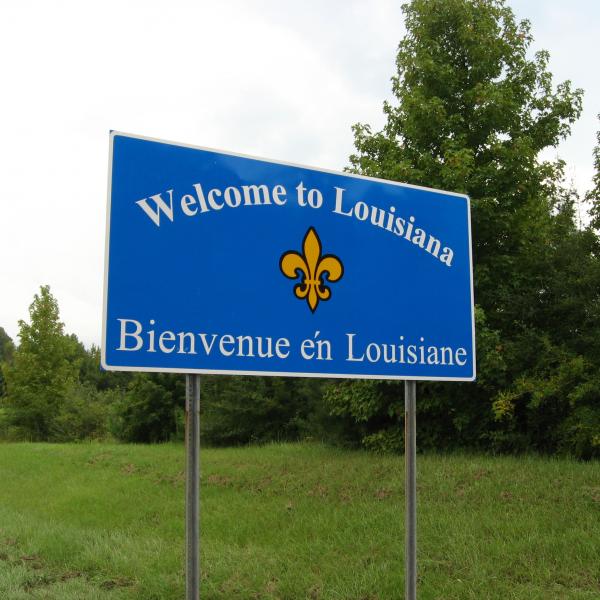Dr. Early explained his rationale for terming this institute a study of the New Negro (as opposed to Harlem) Renaissance, and I thought it made all the sense in the world to me. However, I did not make a connection to the folk revival until we had the pleasure of listening to Charley Patton and Son House during the institute’s last couple sessions.
Certainly, the Lomax field recordings have a charm all their own, as we are transported to a time and place that, for better or worse, is long gone. But how lucky we are that these blues masters eventually found their way to a state of the art recording studio. Thankfully, the renewed (new?) celebration of African-American art forms during the Renaissance afforded these masters the chance to preserve their songs for all time.
Sure, the words sound garbled to our 21st century ears. And the guitar picking may not boast the clean lines to which our ears are accustomed. But the bare-bones, wind-blown power of personal expression cannot be muted. Important, influential music deserves a focus beyond the scope of a three hour session, and, with repeated listenings, the interplay between slide and vocal and pick becomes increasingly clear. Delta vocal inflections begin to make sense, and soon the lyrics are intelligible.
Early in the institute, we discussed matters of taste. Is it worth forcing yourself to like a music which you don’t respect? Of course not. But, if even a part of the expression speaks to your experience, it may merit a closer look. Though these recordings may be archaic, they boast a power and depth that is unsurpassed, particularly when the historical context has been brought into focus. There are many reasons these recordings have endured, and my appreciation for these performers has only grown as we have explored the early decades of the 20th century.
-- Aaron Watson



